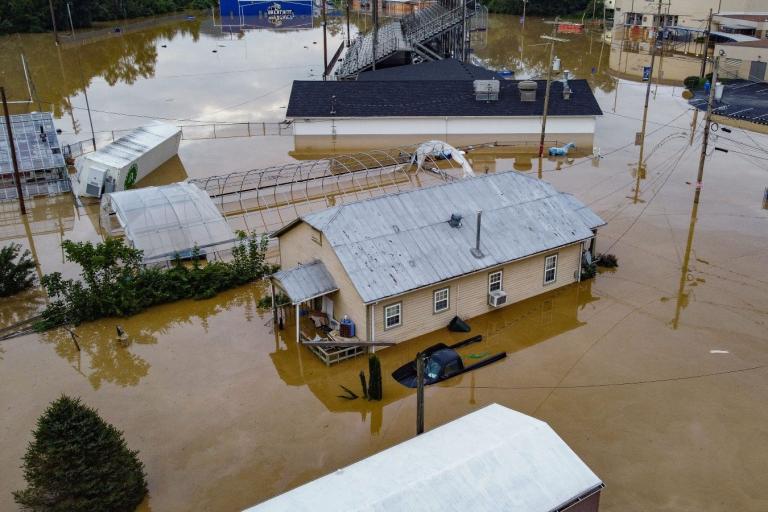Oil companies and governments have pledged to slash methane emissions in recent years, but so far have little to show for it. Emissions of this potent greenhouse gas by the fossil fuel industry continued to climb in 2022, the International Energy Agency said Tuesday.
The group condemned the oil and gas industry for failing to address this problem even as it saw record profits last year, driven up by a tighter energy market following Russia’s invasion of Ukraine. The technology needed to eliminate most methane emissions already exists and would require spending only a tiny percentage of those profits to deploy, the agency said.
“Methane cuts are among the cheapest options to limit near-term global warming,” Fatih Birol, executive director of the International Energy Agency, or IEA, said in a statement outlining the findings. “There is just no excuse.”
About one-third of the global warming to date can be attributed to methane emissions. Many human activities are to blame, including agriculture and all the rotting waste people throw out. But in the U.S., energy production is the biggest culprit, according to the IEA. Methane, the main component in natural gas, leaks into the atmosphere accidentally and is also intentionally released during the production and transport of fossil fuels.
The IEA estimates that the global energy industry released nearly 135 million metric tons of methane in 2022, which is higher than the previous year and only slightly below the record seen in 2019. Major incidents like last fall’s explosions along the Nord Stream pipelines in Europe made up just 2 percent of the total. “Globally, normal oil and gas operations emit the equivalent of a Nord Stream size event every single day on average,” the organization said.
Methane traps nearly 90 times as much heat as carbon dioxide during its first 20 years in the atmosphere. The good news is it breaks down within decades. That means curbing its release could slow global warming in the short term while the world moves beyond fossil fuels.
Fortunately, 75 percent of energy-related methane emissions can be eliminated with readily available technologies, the IEA said Tuesday, at a cost of about $100 billion. That’s less than 3 percent of the profits that oil and gas companies earned last year, the group pointed out. The industry would not even have to dip into its profits to implement some of these solutions. Producers could capture and sell methane instead of venting it. In the U.S., about 17 percent of emissions could be reduced at no net cost, according to IEA data.
The Biden administration has promised to contain methane from the oil and gas industry, but has yet to finalize regulations that the Environmental Protection Agency proposed in November 2021. The public comment period for a revised proposal, unveiled during last year’s United Nations climate conference, closed last week. If finalized, the rules would require routine monitoring of all wells, including low-producing sites that have an outsized contribution to pollution. They would also encourage the use of advanced leak detection technologies and require well operators to sell or use excess methane instead of venting it into the atmosphere or burning it off.
A program created by last year’s Inflation Reduction Act will also act as a backstop if the regulations are diluted or take too long to implement. Beginning next year, large oil and gas facilities will be hit with a fine of $900 for every metric ton of methane they release.
“Fossil fuel producers need to step up and policy makers need to step in — and both must do so quickly,” Birol said Tuesday.




